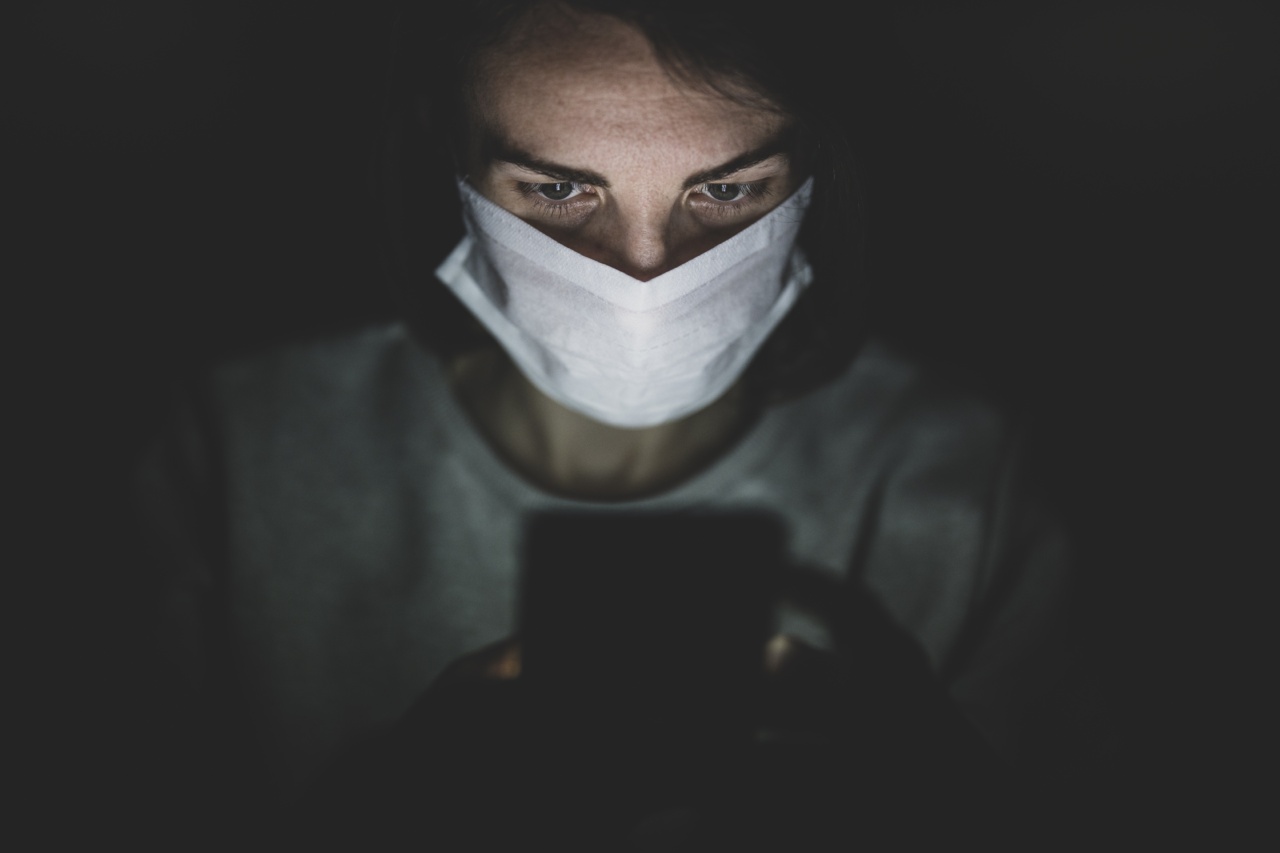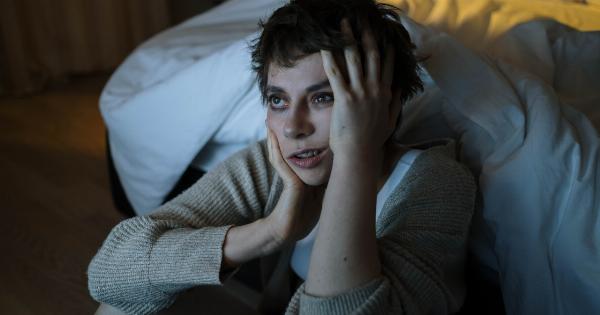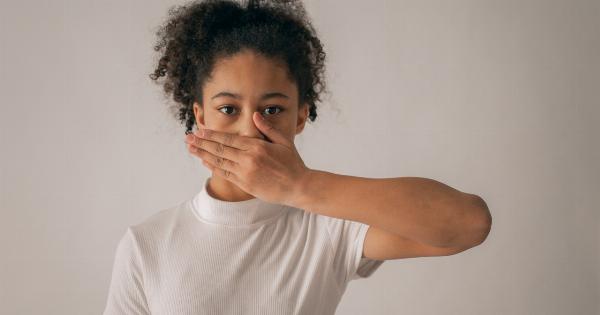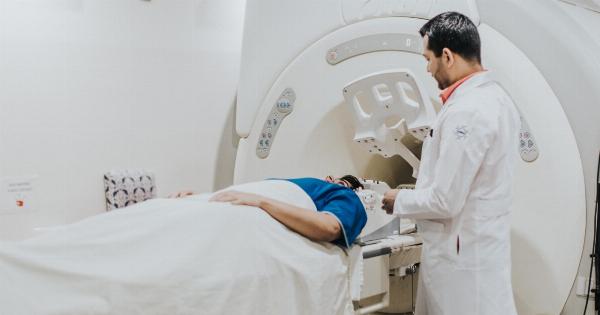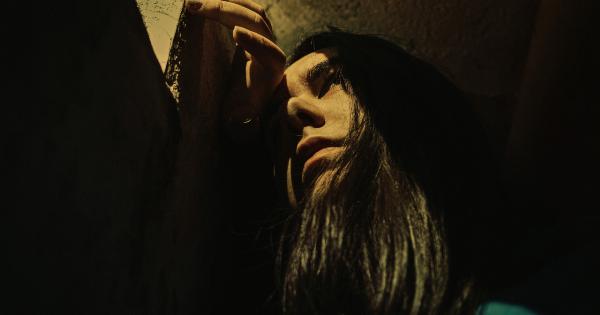Anxiety is a common and natural response to stress. However, when anxiety becomes excessive to the point that it interferes with your daily activities and quality of life, it may be a symptom of an anxiety disorder.
Anxiety disorders are a group of mental illnesses that can cause severe distress and interfere with an individual’s daily life. There are several types of anxiety disorders, each with its own unique set of symptoms and treatment options. In this article, we will discuss the most common types of anxiety disorders and their symptoms.
Generalized Anxiety Disorder (GAD)
Generalized Anxiety Disorder is a chronic condition characterized by excessive worry and fear about everyday issues. People with GAD may worry about work, relationships, finances, and other issues, even when there is little or no cause for concern.
The following are some of the typical symptoms of GAD:
- Restlessness or feeling on edge
- Difficulty concentrating or focusing
- Muscle tension or aches
- Fatigue or lack of energy
- Irritability
- Sleep disturbance
Panic Disorder
Panic Disorder is a type of anxiety disorder in which individuals experience unexpected, sudden, and intense bouts of fear or terror, often referred to as panic attacks.
These attacks can last anywhere from a few minutes to an hour and may cause the following symptoms:
- Heart palpitations, chest pain or discomfort
- Sweating or hot flashes
- Trembling or shaking
- Shortness of breath or a feeling of choking
- Nausea or abdominal distress
- Dizziness or lightheadedness
- A fear of losing control or going crazy
Social Anxiety Disorder
Social Anxiety Disorder, also known as Social Phobia, is an intense fear of social situations or performance situations in which individuals are exposed to possible scrutiny by others.
People with social anxiety disorder may avoid social situations altogether or endure them with significant anxiety.
The following are some of the common symptoms of Social Anxiety Disorder:
- Intense fear of being judged or evaluated
- Excessive blushing, sweating, trembling, or shaking
- Fear of being embarrassed or humiliated
- Difficulty speaking in public or initiating conversation
- Avoidance of social situations or activities that involve being around others
Obsessive-Compulsive Disorder (OCD)
Obsessive-Compulsive Disorder is an anxiety disorder in which people experience recurrent, intrusive, and unwanted thoughts, images, or impulses (obsessions) that inspire repetitive behaviors (compulsions) that cause significant distress or interfere with daily life.
The common symptoms of OCD include:
- Obsessions, such as fear of harm or contamination or a need for symmetry or exactness
- Compulsions, such as repetitive hand washing or checking things over and over
- Feelings of intense anxiety or shame if unable to carry out compulsions
- Spending a lot of time performing rituals and experiencing significant interference with daily life as a result
Post-Traumatic Stress Disorder (PTSD)
Post-Traumatic Stress Disorder is an anxiety disorder that can occur after exposure to a traumatic event.
PTSD can cause a range of symptoms that can occur anytime following the event, including:
- Re experiencing the traumatic incident through flashbacks or nightmares
- Avoidance of people, places or situations that are reminiscent of the traumatic experience
- Difficulty sleeping or concentrating
- Feeling irritable or angry
- Feeling constantly on edge, jumpy, or easily startled
- Withdrawal from family and friends or feeling emotionally numb
Separation Anxiety Disorder
Separation Anxiety Disorder is a mental health disorder that affects children and adolescents, but can also occur in adults.
This disorder is characterized by intense anxiety or fear when separated from a specific person or attachment figure, such as a parent or partner.
The common symptoms of Separation Anxiety Disorder may include:
- Excessive worry about losing or harm befalling the attachment figure
- Chronic avoidance of being separated from the attachment figure
- Recurrent nightmares or difficulty sleeping away from the attachment figure
- Physical complaints when separation is anticipated or occurs, such as stomach upset, dizziness, or headaches
Specific Phobias
Specific phobias are an excessive or irrational fear of a particular object, place, or situation that poses little or no real danger. Some of the common types of specific phobias are the fear of heights, enclosed spaces, blood, or animals.
The common symptoms of specific phobias may include:
- An intense and immediate fear or panic reaction when exposed to the feared object or situation
- Avoidance of the feared object or situation
- Physical symptoms such as sweating, trembling, heart palpitations, and shortness of breath in the presence of the feared object or situation
Conclusion
Anxiety disorders can have a devastating impact on your life if left untreated. Recognizing the symptoms of anxiety disorders is essential to seek the necessary help and treatment.
If you or a loved one is experiencing any of the symptoms discussed in this article, it may be worth seeking out the advice of a mental health professional. Various treatment options for anxiety disorders include therapy, medication, and lifestyle changes that can significantly alleviate symptoms and improve quality of life.
